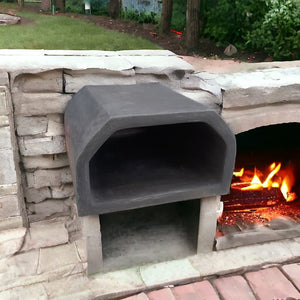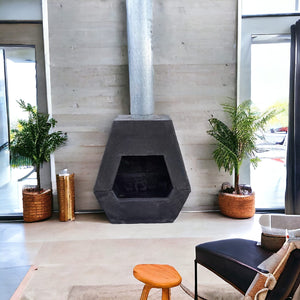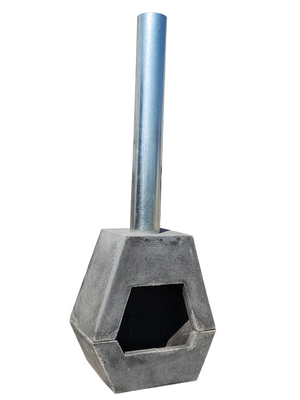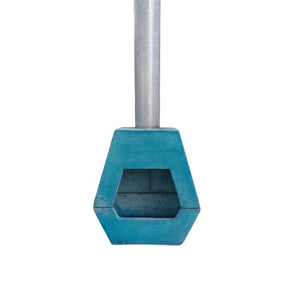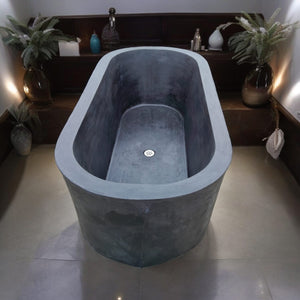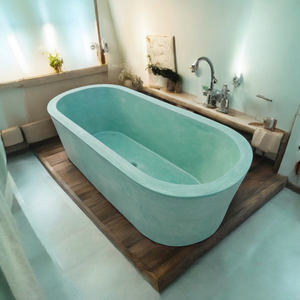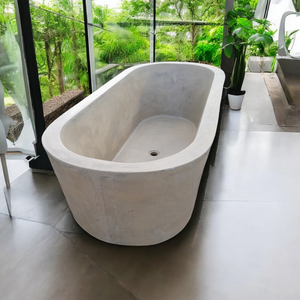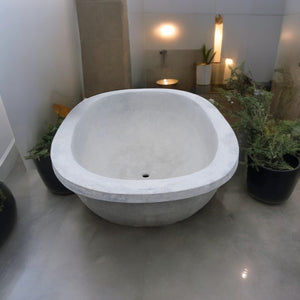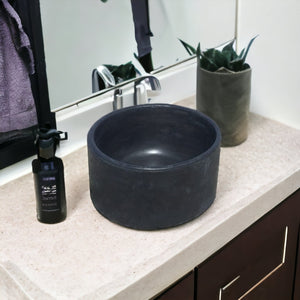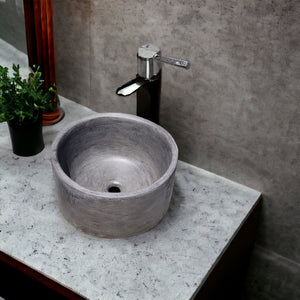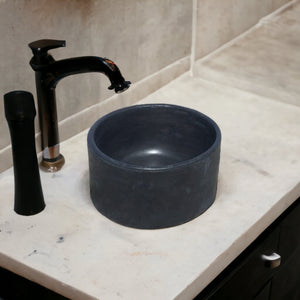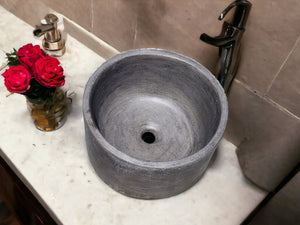Here is a great email I recently received and asked the writer if I could share this information.
"
Hello Matt
I have sent you my own little write up on plants.Please remember I am no expert,merely an enthusiast.Still learning every dayas plants and lamps are forever important.
I have also attached spec sheets for the groline & gro-tower.
The gro-tower is a light for keeping the undergrowth alive as people lose huge amounts of harvest,This lamp will keep that all alive.
The groline is the 85w full spectrum and adjustable spectrum,good for clones and common herbs & veggies…bigger plantys will need more power.
Although I know a lot about plants I am still learning and I am enthusiastic about the horticulture side of things
I have a basic understanding and passion for plants and knowing the plant you are growing is just as important as the lighting.Knowing a plants strengths and weaknesses can help you identify problems that may concern growers and make it possible to identify if it is lighting problems or plants/soil/disease problems.Plants like humans require basic nutrition to survive/grow. light,water & co2.These are the basic fundamental necessities required.
Plants have photo-receptors not eyes so using a lux reading or a lumen reading isn’t necessarily the correct way to go.For plants getting a ppf or ppfd(photon flux density)is the most accurate way to get the plants the light required.Par is also used to determine a plants light reading(photosynthetically active radiation )(red&blue spectrum) your ppf and ppfd reading is measured in Micro-moles per meter squared per second (umol/m2/s-1)
Plants use wavelengths to grow,red and blue spectrum being the wave lengths they require.Green spectrum(510nm)was believed not to be used,but studies have shown that the green spectrum passes easily through canopies and allows seeds on the floor to start growing and reach up.
Blue spectrum-(chlorophyl A)(cryptochromes)this spectrum is used for vegative stage and rooting.This spectrum 450nm is absorbed by the plant and will increase the amount of leaves,nodes and roots for growth.
This is important as the more leaves it has the more light the plant can absorb to create photosynthesis the bigger the plant the more yield. REMEMBER LIGHT IS THEIR FOOD,NUTRIENTS IS THEIR SUPPLEMENTS AND HORMONES ARE THEIR STEROIDS.
Red spectrum-(chlorophy B)(PHYTOCHROMES)this spectrum is for flowering and fruiting plants,this wave length(650nm) helps the fruiting process and tells the plant that the end of summer is here and it is time to start creating flowers/fruits/buds.This is all controlled by hormones in a plant.
Having a good mixture of the two spectrums is the same as a human having salad and meat..a good healthy protein blast that gives you all nutrition required.These two spectrums combined
Will speed up the entire plants process of making food as is done in nature.
Nb* Plants love light and need it,but too little will cause stretching and big spaces between nodes.Too much light will burn the plant and cause saturation and negative growth..see pic below
Nb*please remember why mounting distances are important.When it comes to led & cfls the inverse square law of light comes into play…Which in a simple explanation can be understood.
The inverse square law of light states that if you mount a lamp for example 6”/15cm from the plant canopy you will receive 750 micromoles per metre squared per second,If you double the height to 30cm that does not mean you will halve the value of umol/m2/s-1 it will inturn be a lot less like maybe 240umol/m2/s-1.
Nb* lamps too close to plants will cause stress,overheating and “fisting”of leaves..especially marijuana.Marijuana gets a stress defect called foxtails..see pic* if stressed and is the last thing a grower wants to see.
Again knowing the specific plant is very important as plants all have different requirements,not all plants we see need the same requirements.Not all plants are trees,fynbos,grasses.Although,like humans they all look generally the same they do not necessarily speak the same language.
A plants phototreceptors are basically the eyes for the plant.These receptors are responsible for detecting and absorbing light (red & blue).Plants can use abundant wave lengths to determine how far into the specific season they are in.In early summer the blue wavelength(450nm) is abundant and this is why plants create all the new growth in leaves and do not focus on flowering.
Alternatively Indoor growers use timing to change the plants growing cycle(circadium rhythms).Plants use these circadian rhythms to determine that long summer days are becoming shorter and therefore know to start flowering.Marijuana growers are mainly using this technique to force flowering process.The long day cycles are used for vegging so the plant uses all this time to absorb light to increase the amount of leaves and nodes.During this time it is important to have longer days +- 18hours on so the plant stays in vegative state.When the growers want the plant to flower they will generally make the day and night cycle the same amount of hours 12/12.
When the plants are big enough and have enough leaves etc the grower will then switch its light timing and wavelength to tell the plant its summer days are getting shorter and time to start producing flowers/buds is here.These cycles are often jotted as for example 18/6 or 12/12
18 hours on
6 hours off
12 hours on
12 hours off
In some good lamps the manufacturer will install uv lights,although plants do not have a real great use for uv
As it burns them(just like humans)the manufacturer installed this for a clever reason especially for Marijuana.
The plant does not need uv to survive/grow.The plants creates tricomes*see pic(a shiny ball of resin)This resin is what give marijuana that strong herby smell and contains thc(the part that give you the good feeling) and cbd(medicinal part) to protect itself from the harmful rays.Which is why hash makers grow their plants high in the mountains as less atmosphere blocks the uv.Every 1km higher up means 5% more uv reaching the plant.
Small herbs(leafy greens) like basil,rocket,spinach do not really require much red light as their leaves are their fruits and using blue light would increase the amount & size of leaves.These leafy greens would only use red light if they needed to make seeds(also known as bolting)Once a plant starts making seeds it focuses most of it energy on seed production…by this stage basil would be hairy,rocket would be peppery and not desirable or edible.see pic below* herbs making flowers is known as bolting.
|
The benefits of indoor growing. While a farmer watches over his land its never an easy day as he has to plan well ahead to take on many of his farming enemies(disease,pests,theft)…growing indoors changes a lot for him for good and bad.
Benefits 1-disease control is a lot easier as no wind blows the diseases around spreading it over a larger area.How ever indoor growing will
2-evaporation can be almost controlled so far less water is used especially in hydroponic/airoponic systems.
3-natural elements like fire,hail,wind,frost etc can be avoided in a controlled environment.
4-lighting times can be controlled to create “seasons” using light timing longer or shorter days.
5-harvesting is a lot less labour and not in the sun.
6-instead of a huge field to grow in,a large warehouse can be turned into a vertical farm…with the same amount of plants in a much less area.This will be better with large farm vehicles not having to travel across the land.
Disadvantages
1-where lamps replace the sun a new budget would need to be drawn up for power consumption.
2-heat would have to be created or extracted depending on what the specific crop requires.Most plants like an average temp of +20 deg however Sacchurum officionarum(sugar cane)requires a much higher heat.
3-if a room is very damp mould spores can develop quickly.Other similar problems like powdery mildew can take over a crop in a matter of days..although a common problem it can be treated relatively easily as it is a very common disease." |

